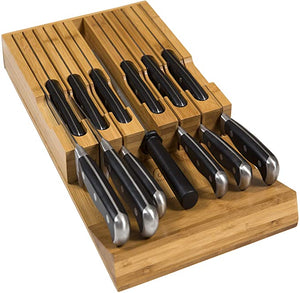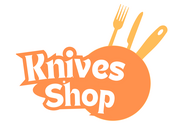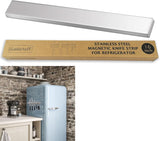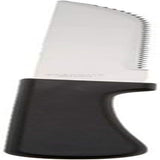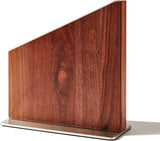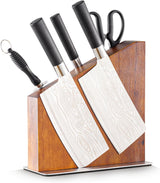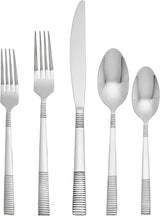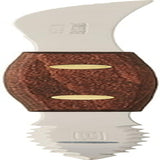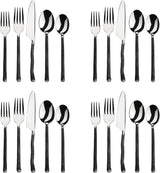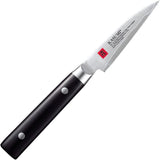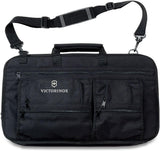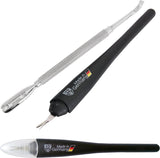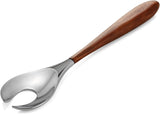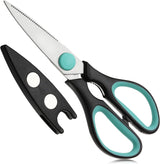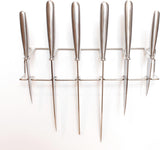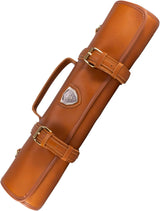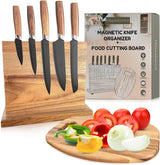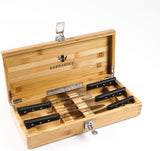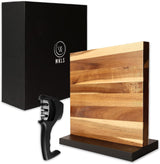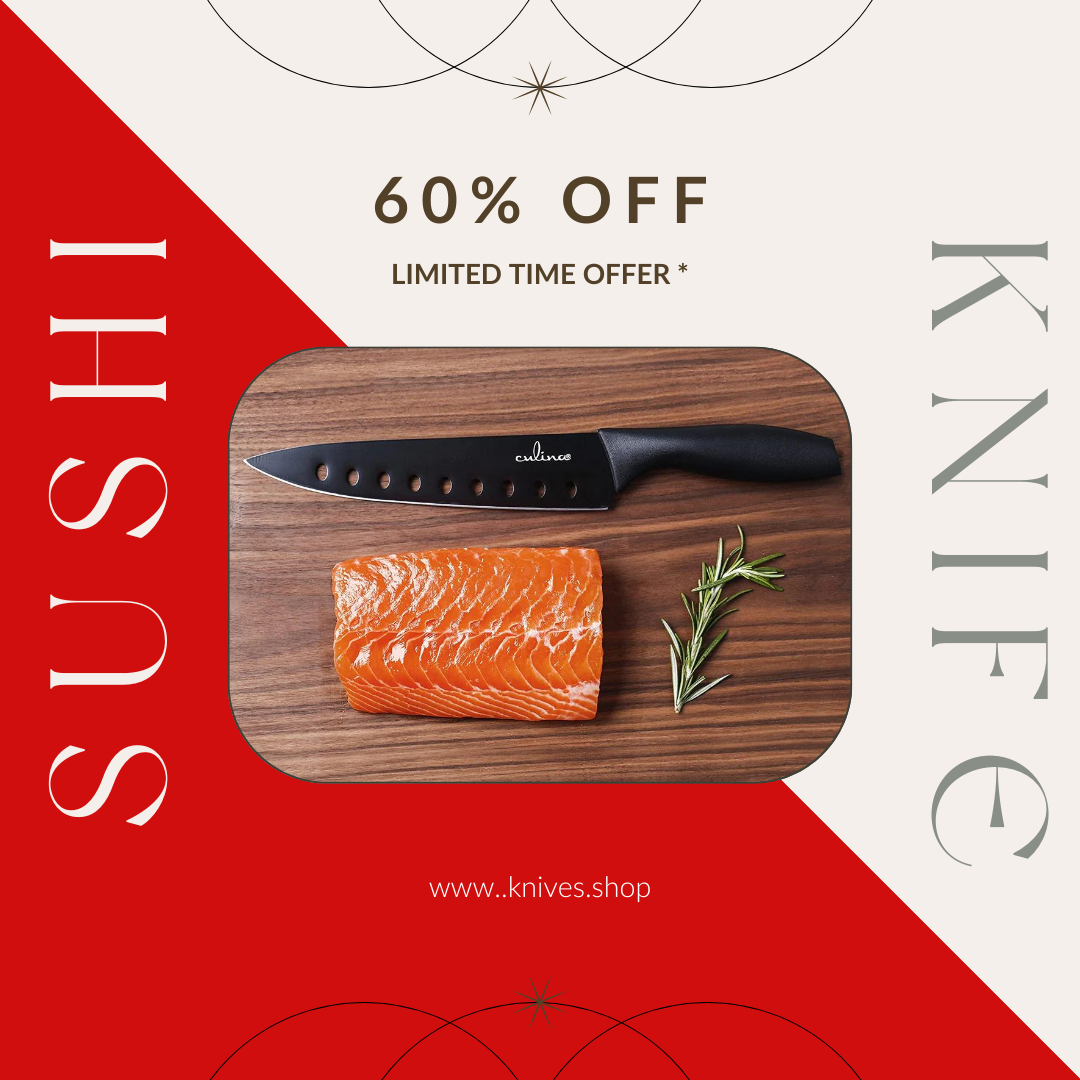Mastering the art of cooking starts with one of the most basic yet essential skills: knowing how to cut with a knife. Whether you're chopping vegetables, slicing meat, or mincing herbs, proper knife handling can make a huge difference in your dish's outcome. However, cutting with a knife is not just about having the right tools; it also involves the right technique, safety measures, and some practice. In this comprehensive guide, you'll learn how to cut with a knife expertly, helping you slice, dice, and chop like a pro.

The Importance of Knife Safety
Understanding the Basics
Safety is crucial in any kitchen, and learning how to cut with a knife is no exception. Before you start practicing your cutting techniques, it's essential to understand the basics of knife safety. Always remember, a sharp knife is a safe knife. Contrary to popular belief, a dull knife is more dangerous because it requires more force to cut through food, increasing the risk of slips and injuries. Also, always make sure your hands and knife handle are dry to prevent slipping.
Grip and Control
The way you hold your knife can significantly impact your safety and efficiency. A firm grip on the knife handle offers better control and precision while cutting. Hold the knife with your dominant hand and use your other hand to form a claw shape to hold the food item. This grip protects your fingers from the blade and provides better stability and control.

Essential Knife Cutting Techniques
The Slice
One of the most fundamental knife-cutting techniques is the slice. To perform a proper slice, position the food item on the cutting board and use a forward and downward motion to cut through it. Keep the tip of the knife in contact with the cutting board, and use a smooth, gliding motion.
The Chop
Chopping involves cutting food into small, uniform pieces. To execute a chop, keep the knife perpendicular to the cutting board and apply even pressure as you cut through the food. This technique is often used for vegetables, herbs, and nuts.
The Dice
Dicing involves cutting food into small cubes. To dice, first, slice the food into strips, then turn the strips and cut across them to create cubes. This technique is commonly used for vegetables like onions, bell peppers, and tomatoes.
The Mince
Mincing is a technique used to cut food into very fine pieces. It's often used for garlic, onions, and herbs. To mince, first, chop the food into small pieces, then rock the knife back and forth over the pile of food until it reaches the desired consistency.

Choosing the Right Knife
Types of Knives
Having the right knife for the task is crucial for both efficiency and safety. Different knives are designed for specific purposes, and knowing their uses can make a significant difference in your kitchen experience. Here are some common types of knives and their uses:
- Chef's Knife: A versatile knife used for chopping, slicing, dicing, and mincing.
- Paring Knife: A small knife used for intricate cuts and peeling.
- Serrated Knife: A knife with a saw-like edge, perfect for cutting through bread and tomatoes.
- Utility Knife: A medium-sized knife used for various tasks, similar to a chef's knife but smaller.
For more detailed information on specific knife types, check out (https://knives.shop/blogs/kitchen-knives/discover-the-safety-features-of-wusthof-knives-for-a-seamless-cooking-experience), knife types.
Knife Maintenance
Maintaining your knives is essential for their longevity and performance. Regularly sharpening your knives ensures they remain effective and safe to use. Additionally, always wash your knives by hand and dry them immediately to prevent rust and blade damage. Use a knife block or magnetic strip to store your knives safely and keep them organized. For knife storage tips, visit our guide on (https://knives.shop/blogs/kitchen-knives/how-to-store-the-cuisinart-multicolor-knife-set-a-complete-guide), knife storage.
Advanced Knife Cutting Techniques
The Julienne
Julienning is a technique used to cut food into matchstick-sized pieces. It's commonly used for vegetables like carrots and zucchini. To julienne, first, cut the food item into even slices, then stack the slices and cut them into thin strips.
The Batonnet
Batonnet is similar to julienne but results in thicker sticks. It's often used for potatoes and other root vegetables. To perform a batonnet, cut the food into even slices, then cut the slices into sticks.
The Brunoise
The brunoise is a very fine dice, resulting in tiny cubes. It's often used for garnishes and fine salads. To achieve a brunoise, first, julienne the food item, then turn the julienne cuts and dice them finely.
Practice and Patience
Learning how to cut with a knife takes practice and patience. Start with basic techniques and gradually progress to more advanced cuts as you become more comfortable and confident with your knife skills. Remember to always prioritize safety, and don't rush the process.
Learn more about knife skills and techniques at here.
Frequently Asked Questions
What is the best knife for beginners?
A chef's knife is typically the best choice for beginners due to its versatility and ease of use.
How often should I sharpen my knives?
It's recommended to sharpen your knives every few months, depending on their usage. Regular honing can also help maintain the sharpness. For sharpening tips, check out (https://knives.shop/blogs/kitchen-knives/how-to-sharpen-victorinox-knives-a-guide-for-kitchen-hobbyists-3), sharpening tips.
Is a dull knife really more dangerous than a sharp one?
Yes, a dull knife requires more force to cut through food, increasing the risk of slipping and causing injuries. A sharp knife is safer and more efficient. For more tips on knife safety, visit (https://www.tastingtable.com/1451345/etiquette-cut-steak-fork-knife/), cutting safety.
As an Amazon Associate, I earn from qualifying purchases.
